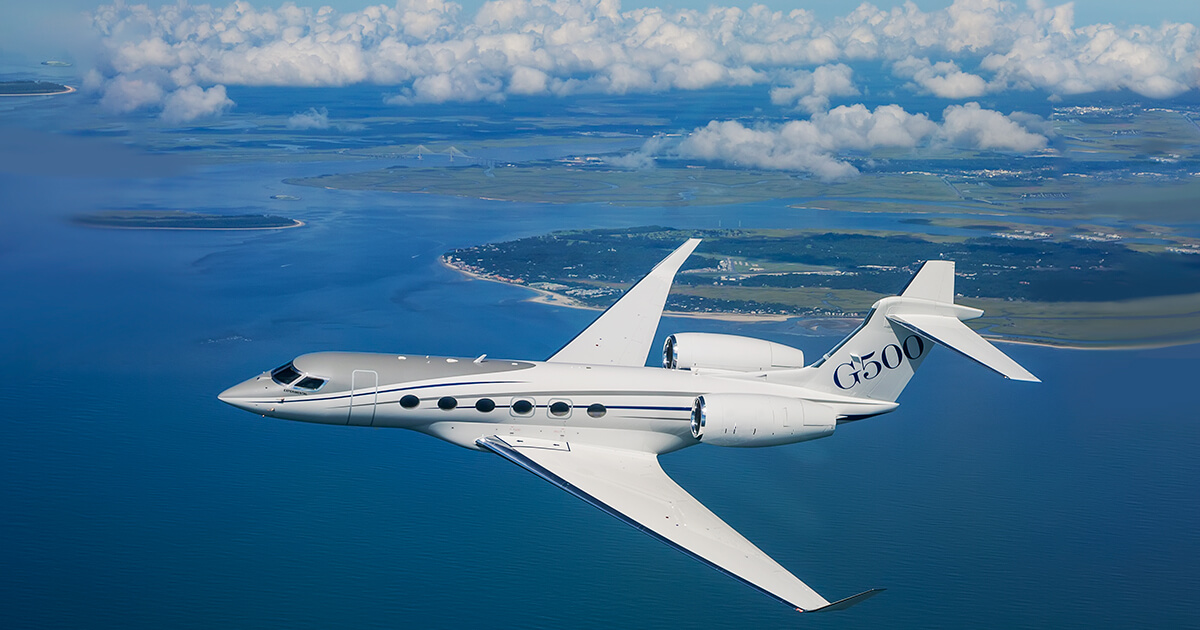
Nov. 2, 2020
New global oceanic traffic separation and contingency procedures developed by the International Civil Aviation Organization (ICAO), which go into effect Nov. 5, were the topic of the latest NBAA GO presentation.
The updated procedures – outlined in Amendment 9 to ICAO Document 4444, “Procedures for Air Navigation Air Traffic Management (PANS-ATM)” – were driven by a January 2016 incident in which a Challenger 604 business jet suffered a severe inflight upset while operating in Mumbai airspace.
“On a published route, they flew directly underneath an Airbus A380 flying in the opposite direction on the same route 1,000 feet above them,” explained presenter Mitch Launius, founder of 30 West IP. “The 604 encountered the wake vortices of the A380 and rotated four to five times before descending out of control for approximately 9,000 feet.” Although pilots were able to regain control of the Challenger and land successfully, several onboard suffered injuries and the airframe was declared unairworthy.
Among the new procedures is a new, “Super” wake turbulence category that effectively applies to just the A380. Amendment 9 also updates Strategic Lateral Offset Procedures (SLOP) intended to mitigate lateral overlap of aircraft flight tracks. The revised procedures allow pilots to implement SLOP in tenths of a mile up to 2 nautical miles to the right of the filed flight path, even when not operating on an assigned track.
“On a random route against the flow, so not going with tracks, your flight planners are still going to get you the [lowest] time route,” noted Steve Thorpe, director of training and standards at Merck. “If anyone else is on a random route going the same way, they likely could be right there with you in the same area.” Routes allowing SLOP may be found in aeronautical information publications, or AIPs, which are also linked in commonly-used flight planners from Jeppesen and ForeFlight.
Amendment 9 also includes harmonized global contingency procedures for aircraft unable to maintain flight along an assigned oceanic track when out of communication with ATC. The changes provide specific instructions for initial course deviation – at least 30 degrees left or right, dependent on surrounding traffic – and vertical and lateral offset distances.
While emphasizing the need to be familiar with the ICAO contingency revisions and to train for them, Launius noted such contingencies can largely be avoided thanks to the implementation of controller-pilot datalink communications allowing continuous text communications between aircraft and ATC.
“Most of the time we don’t need to execute contingency procedures, but we do need help,” Launius said. “Perhaps the temperature is too warm, and I need to descend [as] I can’t maintain altitude … or perhaps I need to deviate around a thunderstorm. There’s a lot of cases where I can receive a prior clearance, and that’s the ‘A’ plan.”


 International Business Aviation Council Ltd.
International Business Aviation Council Ltd.